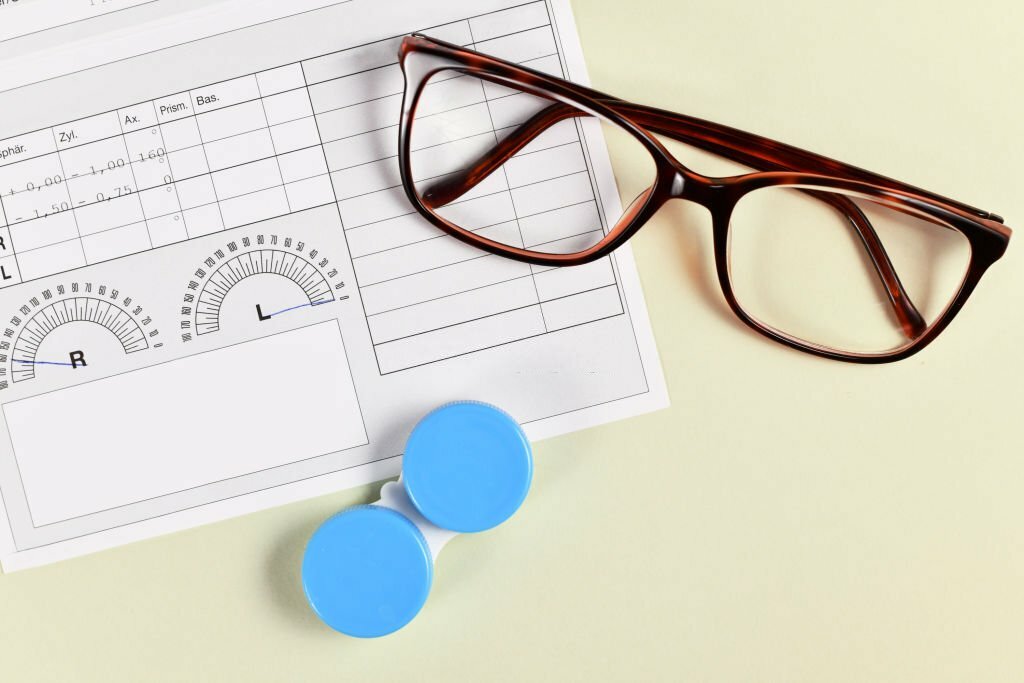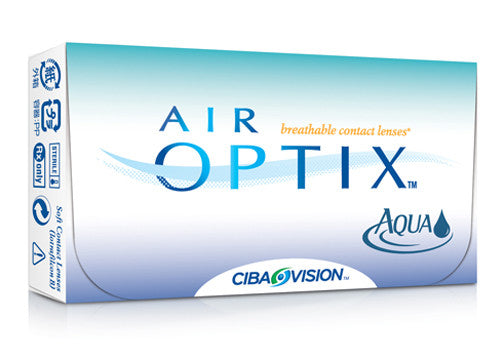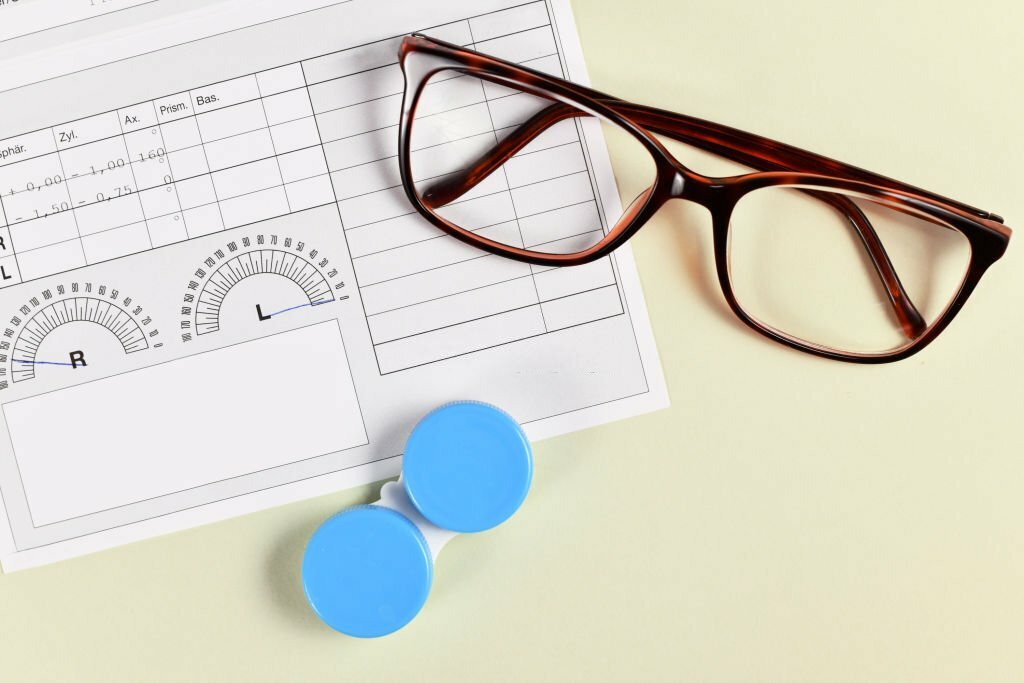
For many, contact lenses are a preferred alternative to glasses, offering convenience, aesthetic appeal, and unobstructed peripheral vision.
However, the world of contact lenses can be complex, with various terms and concepts to understand, like the power of your lenses. So, what is power in contact lenses?
This comprehensive guide aims to demystify these concepts, helping you make informed decisions about your eye health.
Let's dive in!
What this article covers:- Deciphering Your Contact Lens Prescription
- The Science Behind Contact Lens Power
- Sphere, Cylinder, and Axis: A Deep Dive
- Contact Lens Power FAQ
- Practical Tips For Contact Lens Wearers
Deciphering Your Contact Lens Prescription
Key Terms Explained
Understanding your contact lens prescription is key, whether you're selecting products like Air Optix Colors, which offer stunning eye color changes along with breathable, comfortable wear. Clariti 1 Day lenses, on the other hand, are known for their silicone hydrogel composition, a contact lens material that ensures high oxygen transmissibility.
Power: The Heart Of Your Prescription
The 'power' of your contact lens is a number measured in diopters (D), indicating the lens's strength needed to correct your vision. The prescription abbreviation for power is 'sphere' and could either be a negative value, signifying myopia (nearsightedness), or a positive one, indicating hyperopia (farsightedness).
Cylinder And Axis: Correcting Astigmatism
For those with astigmatism, the 'cylinder' and 'axis' measurements are vital. Our findings show that the cylinder value indicates the lens power needed to correct astigmatism, while the axis number, between 1 and 180, defines the orientation of this power in the lens, measured in degrees.
Products like Acuvue Oasys for Astigmatism incorporate these measurements, offering stable, clear vision and exceptional comfort due to their eyelid-stabilized design.
Dia: Understanding Diameter
The 'DIA' stands for diameter and refers to the size of the contact lens. It's essential for a proper lens fit, ensuring comfort and health of the eyes.
Bc: The Importance Of Base Curve
The 'BC' or base curve is the measurement of the inside curve of your contact lens. It determines how the lens fits and is key for optimal functionality.
Add: Insights For Presbyopia
For individuals with presbyopia, the 'ADD' number represents the additional magnifying power in multifocal lenses. This feature, appearing on the packaging of the best multifocal contact lenses, specifically aids in sharpening near vision, allowing for easier viewing of objects at a close range.
In the realm of contact lenses catering to presbyopia, the Bausch and Lomb ULTRA stands out. These lenses are engineered specifically to address the unique challenges presbyopes encounter.
The Science Behind Contact Lens Power
How Power Impacts Your Vision
The power in your contact lenses directly influences how well you can see. Our research indicates that it bends the light entering your eyes, ensuring it focuses correctly on the retina for clear vision.
Power Ranges In Contact Lenses: Exploring The Limits
Most standard soft contact lenses are available in power ranges that generally span from around -6.00D to +6.00D. These powers cater to individuals with common degrees of nearsightedness or farsightedness and are offered in quarter-diopter increments, such as -5.75, -5.50, down to 0.00, and then upwards like +5.75, +6.00.
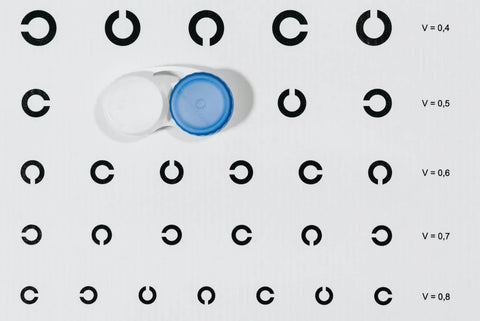
However, for those requiring more specialized correction, lenses are available in power extents that reach up to -8.00D (for higher degrees of nearsightedness) and up to +8.00D (for pronounced farsightedness), typically in half-diopter steps.
Sphere, Cylinder, and Axis: A Deep Dive
The Role Of Sphere In Vision Correction
The sphere is central to vision correction. It's the primary power in your lenses that addresses nearsightedness or farsightedness, ensuring that images focus correctly on your retina.
Cylinder And Axis: A Duo For Astigmatism
The cylinder and axis correct astigmatism, a condition where the eye's cornea or lens has an irregular shape, causing blurred or distorted vision. The cylinder provides the necessary additional power, while the axis ensures it's applied at the right angle.
Contact Lens Power FAQ
How To Know If Your Lens Power Is Correct?
The best way to know if your lens power is correct is through regular eye exams and by paying attention to your vision. If you experience consistent discomfort, eye strain, or blurry vision, it may be time for a reevaluation of your prescription.
Can You Change The Power Of Your Lenses?
Only an eye care professional can change the power of your lenses after a thorough eye exam. If you feel your vision needs have changed, schedule an appointment to discuss adjustments.
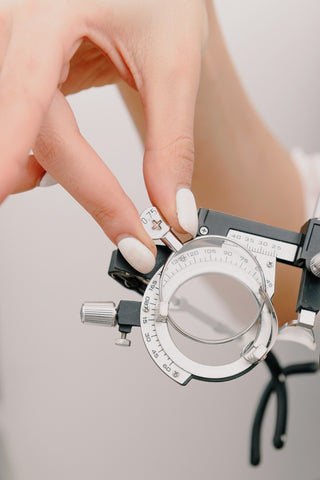
What If Your Prescription Doesn't Match Available Powers?
In this case, your eye doctor may recommend custom contact lenses. These are specially made to accommodate unique vision needs.
Practical Tips for Contact Lens Wearers
The right fit for your contact lenses involves more than just the correct power. The 'DIA' and 'BC' values in your prescription also play a crucial role.
Based on our observations, lenses with a large diameter (DIA) may fit the eye too tightly, resulting in discomfort and potential irritation, while those with too small a diameter may fail to cover the cornea sufficiently, leading to instability and an increased risk of the lens dislodging or even popping out.
Similarly, the base curve (BC) needs to match the curvature of your eye for the lens to fit comfortably and securely. An improper fit can lead to discomfort, redness, and potential eye health issues.
The Do's And Don'ts Of Contact Lens Maintenance
Proper contact lens care is essential to prevent eye infections and ensure your lenses remain comfortable. Always wash your hands before handling lenses, and use fresh solution when returning the lenses to your case.
It's also vital to replace your lenses as directed, whether you use daily lenses or a monthly contact lens. Remember, sleeping in contacts not designed for overnight wear can significantly increase the risk of eye infections.

Conclusion
Grasping the key elements of your contact lens prescription, including the power, is crucial for optimal eye health. The power in your lenses, indicated by a plus or minus sign, followed by a number, corrects your vision by adjusting the focal point precisely onto your eye's retina.
This adjustment is essential for clear, sharp vision, whether you're nearsighted or farsighted.
For lenses that match your prescription's precise power and give you ultimate clarity and comfort, shop at our online store today!
If you want to learn more, why not check out these articles below:
- What's a Toric Contact Lens
- Contact Lens History
- Fun Facts About Contact Lenses
- When Were Contacts That Change Eye Color Invented
- How to Put Contacts in Small Eyes
- How to Put in Toric Contact Lenses
- How to Put in Contact Lenses with Eyelash Extensions
- Contact Lens Sticks to My Finger
- Makeup or Contact Lenses First?
- How to Keep Eye Open for Contacts
- How to Read Contact Prescription
- Can You Wear Colored Contacts Over Prescription Contacts
- Is Your Contact Prescription the Same as Your Glasses?
- Can You Wear Prescription Sunglasses with Contacts?
- All-Around Best Contact Lenses













